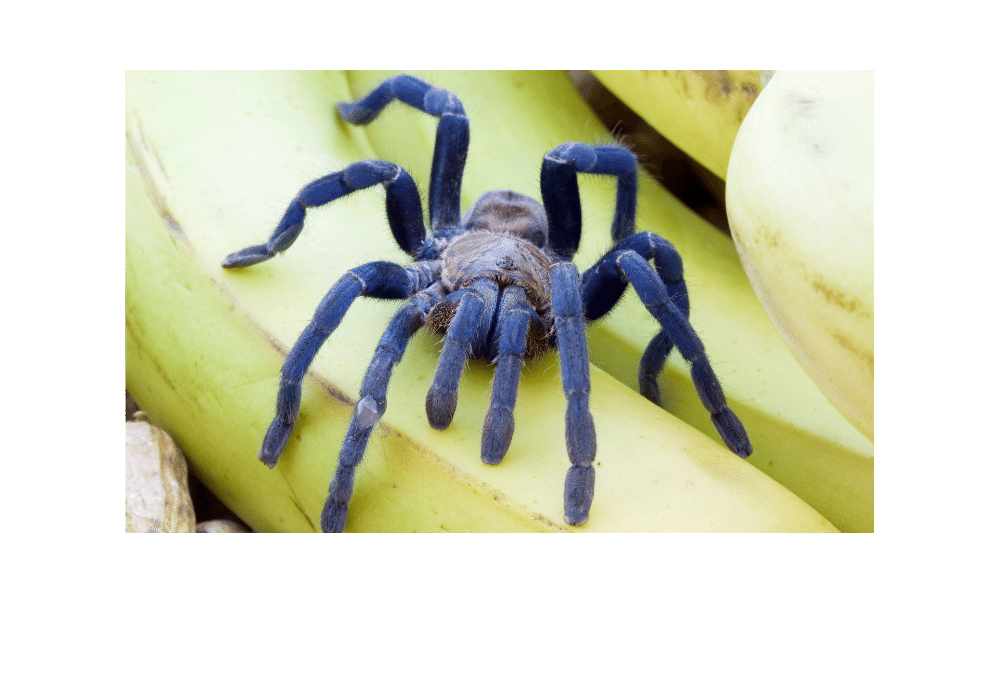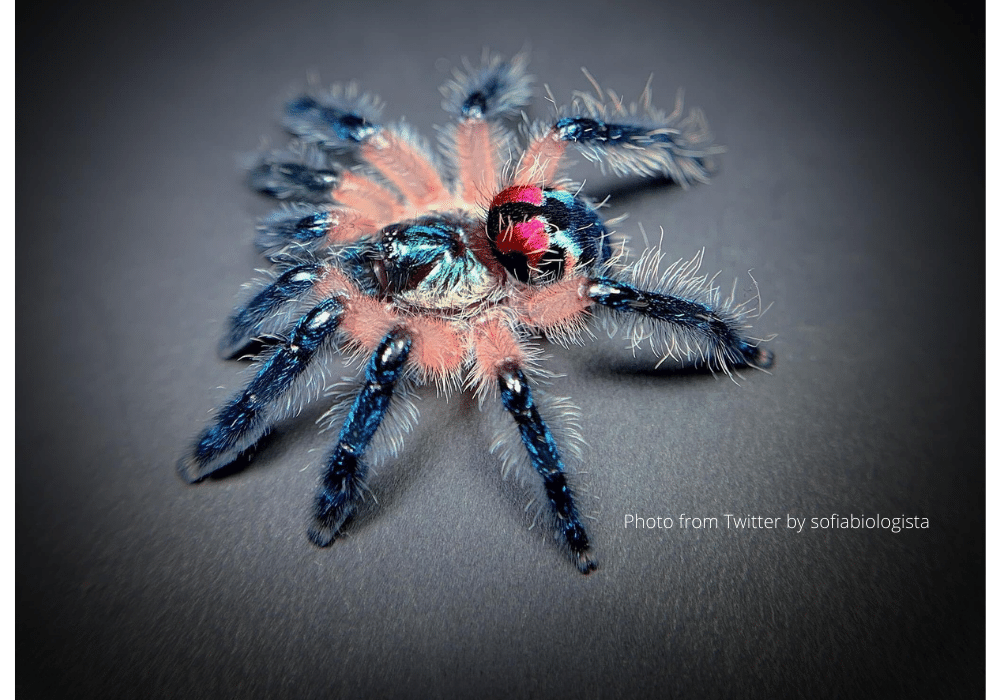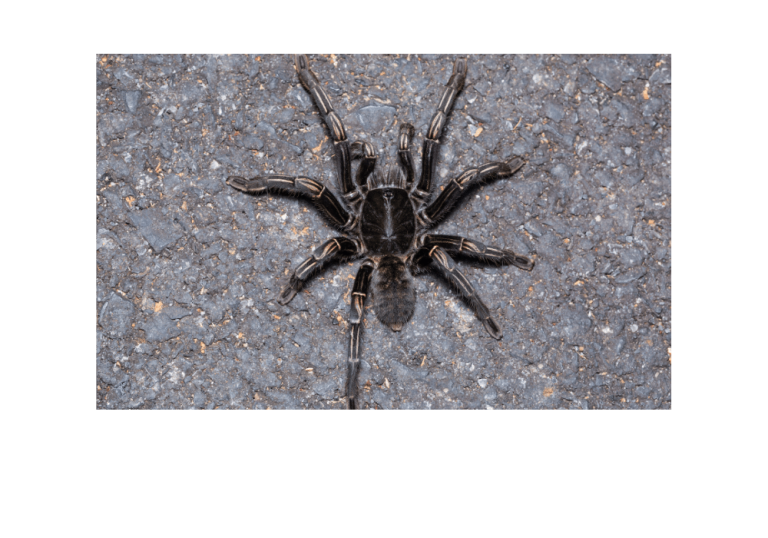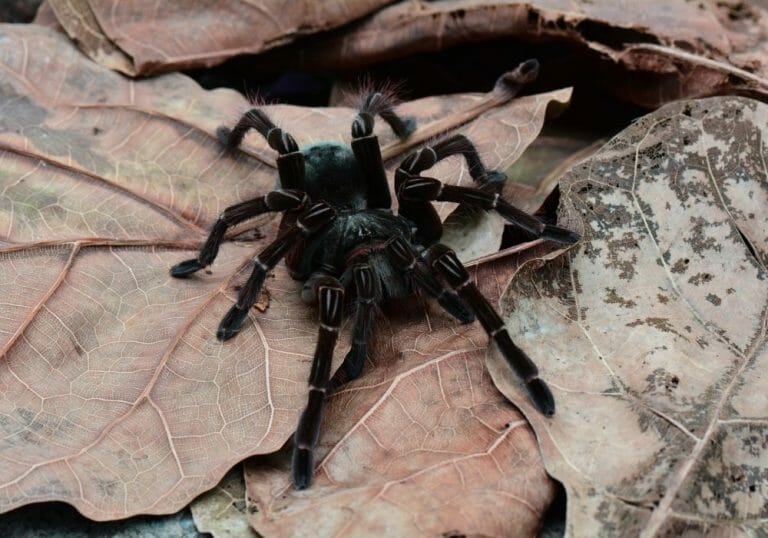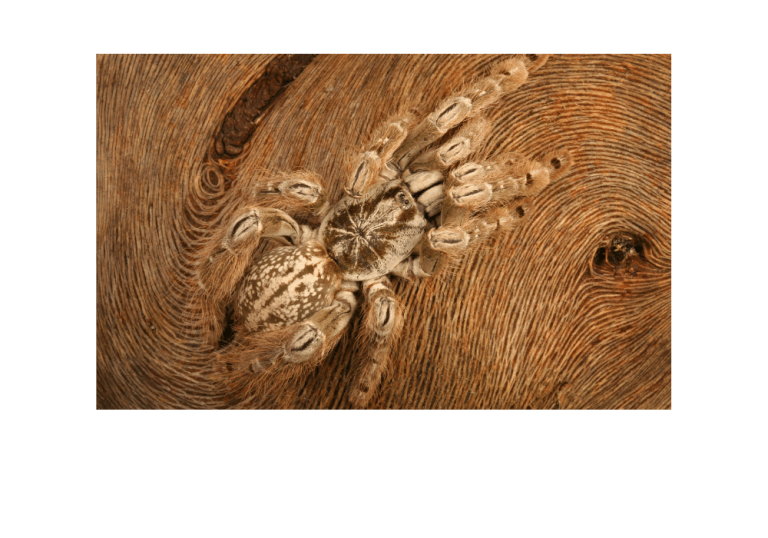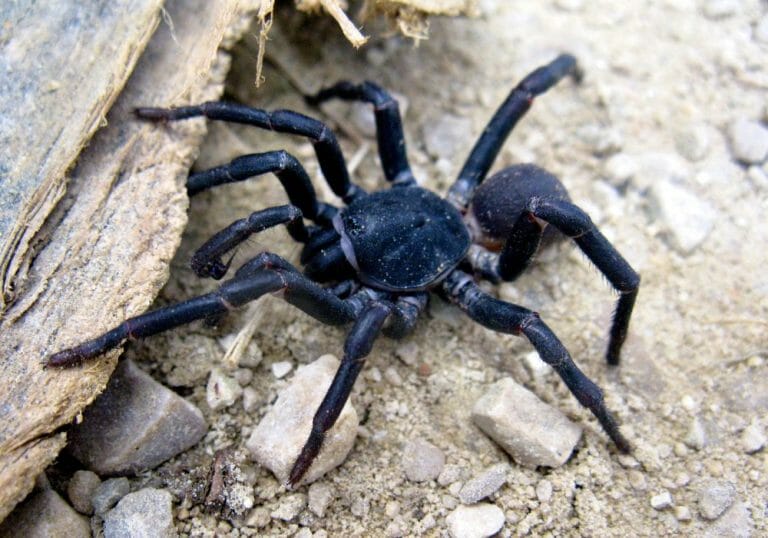Blue Baboon Tarantula (Everything You Need To Know)
Scientific name: Monocentropus Balfouri
- Origin: The Ancient World. Native to Socotra, a remote and isolated island located about 150 miles east of the African continent.
- Difficulty: Intermediate-Advanced (Due to speed, bite potency)
- Type: Terrestrial
- Adult Sizes: 4.5-5.5″
- Growth rate: Medium
- Longevity: Males 4+, females 10-15+
- Temperament: Fearful and frequently defensive. They are more inclined to flee if they are irritated, but they might become defensive and bite if they feel threatened.
- Bite potency: Strong
- Urticating hairs: No
- The ideal temperature: is 70-75°
- Humidity: Medium
Description
The Blue Baboon, or Monocentropus Balfour, is a magnificently coloured tarantula admired by most invertebrate hobbyists.
The Blue Baboon is a rare and relatively new tarantula species in the trade. These are semi-dwarf species that mature in two years. This tarantula can grow to a maximum length of 10-12cm, with the male being somewhat smaller than the female.
It is one of several tarantula species with blue-coloured bodies. This species is highly sought after because of its ability to coexist with other tarantulas. Most tarantulas enjoy being kept alone; thus, this behaviour is unusual.
Appearance
They are medium-sized tarantula, with females reaching maturity at around 4-5 inches in length. Although the exact colouration varies significantly, the legs are typically vibrant electric blues with a sandy-coloured body. The light-coloured hairs that cover their bodies give them the appearance of being satin velvety to the touch.
The female species is not dwarfed in weight and size by the male. Other than that, this tarantula stands out from the others. They are well-known for living communally and being excellent parents to their offspring.
The female species is not dwarfed in weight and size by the male. Other than that, this tarantula stands out from the others. They are well-known for living communally and being excellent parents to their offspring.
Natural habitat: Tropical desert with moderate to low rainfall.
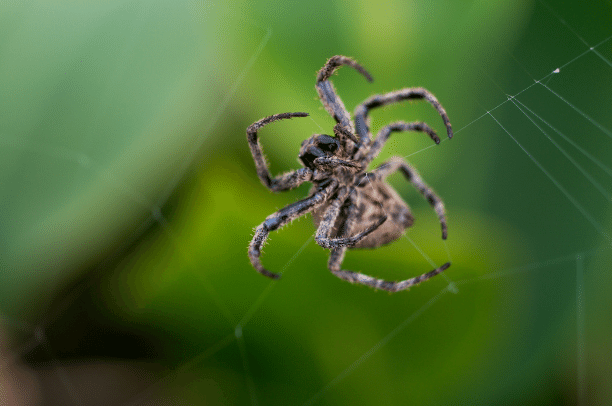
Housing
The Blue Baboon is native to the dry land rainforests of Socotra Island; therefore, keeping them in captivity should replicate their natural habitat. Blue Baboons are semi-burrowing creatures.
Proper ventilation is necessary, and hygiene should be a primary concern while selecting and creating a tarantula enclosure. Enclosures should be more comprehensive than they are tall with a reasonable height, approximately 3-5 times the size of the tarantula.
Additionally, spiderlings can be kept in a small cage with pinholes. However, since this species may be kept in a communal habitat, a larger container will be required to house many species.
To avoid cannibalism in a community setting for this creature, it is optimal if they all mature simultaneously, are roughly the same size, and originate from the same egg sac. In addition, sufficient food and humidity must be provided to prevent them from preying on each other as the last option.
Burrowing substrates must be maintained deep (at least 6″). Thus, cocopeat, vermiculite, or a combination of the two will work best. A shallow and spacious water dish is an excellent choice for larger (2″ and above) fish. The Blue Baboon Tarantulas have been hydrated in captivity.
Proper ventilation is necessary, and hygiene should be a primary concern while selecting and creating a tarantula enclosure. Enclosures should be more comprehensive than they are tall with a reasonable height, approximately 3-5 times the size of the tarantula.
Additionally, spiderlings can be kept in a small cage with pinholes. However, since this species may be kept in a communal habitat, a larger container will be required to house many species.
To avoid cannibalism in a community setting for this creature, it is optimal if they all mature simultaneously, are roughly the same size, and originate from the same egg sac. In addition, sufficient food and humidity must be provided to prevent them from preying on each other as the last option.
Burrowing substrates must be maintained deep (at least 6″). Thus, cocopeat, vermiculite, or a combination of the two will work best. A shallow and spacious water dish is an excellent choice for larger (2″ and above) fish. The Blue Baboon Tarantulas have been hydrated in captivity.
Behaviour
The Blue Baboon Tarantula is known for its unusual behaviour. They are capable of tolerating the existence of other members of their species and even interacting with them occasionally.
Tarantulas are excellent pets because of their ability to make beautiful webs and burrows, mainly when they live together.
However, The Blue Baboons are not an aggressive species, although their temperaments vary from shy to threatening. The Blue Baboon prefers to hide or retreat inside its burrows when threatened.
Personality
It’s docile for a baboon tarantula, which is unusual. Unlike other baboon tarantulas, it will not attack its owner if they walk past the enclosure. Surprisingly, females are more relaxed than males. Additionally, juvenile tarantulas have enough attitudes, which reduces as they mature. This tarantula is best enjoyed from a distance and should not be handled. The risk of the bite’s effects is unknown.
Food
Despite being a relatively new addition to the pet market, it has been noted that these beautiful species have a voracious appetite.
Adults consume food every 6-14 days, depending on the spider’s size and prey. Spiderlings should be fed more frequently, at least once every 5-10 days. Worms, mealworms, and crickets are all considered “normal” meals.
Wild-caught food should not be fed to your tarantula. Pesticides or parasites may pose a severe health risk to your pet.
Removing uneaten prey after 3-12 hours is recommended.
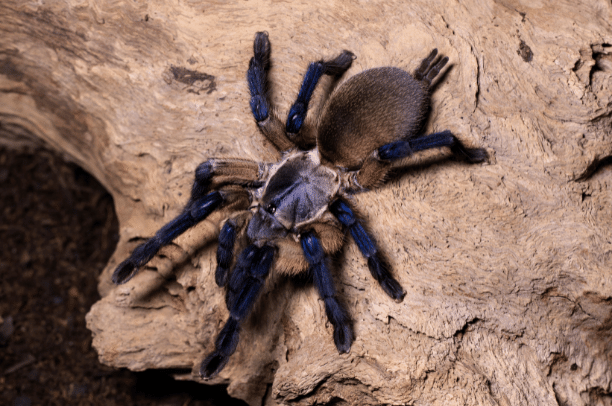
Water
More giant spiders should have access to a small water dish. I was rinsing out the water bowl after each refill was essential. Scrubland species do not require as regular misting as arboreal species. However, it is recommended to lightly sprinkle one part of the enclosure, mainly if there is no water dish.
Substrate
While most adults use hiding, slings frequently prefer to burrow. Coco fibre, vermiculite, peat moss, and potting soil (or a combination of these) make suitable substrates.
Ascertain that your chosen substrate is organic and free of chemicals/fertilizers. Avoid using sand, pebbles, stones, wood chips, and anything that could even suffocate or damage the tarantula.
Spiderlings frequently prefer to excavate their burrow.
Lifespan
The exact lifespan of this species has not been established because it is a relatively new addition to the pet market. However, according to experts, the female can survive to be approximately 20 years old.
Breeding
Female Blue Baboons reach sexual maturity at roughly two years of age. This time can be reduced or lengthened by altering feeding frequency and volume. Males mature faster than females.
They are excellent parents; females look after and guard their young until they moult or reach their second instar; they are still unable to survive on their own before this. After several mating attempts, a female may lay up to two egg sacs if the male deposits enough sperm in her.
Growth Rate
The Blue Baboon tarantula develops at a moderate rate. This is a new area for them in the pet trade, so there is much uncertainty. However, enthusiasts who are fortunate enough to own this magnificent species report that they develop at a moderate rate, reaching a height of 2 inches in a year.
Temperature
Temperature and humidity are still a point of debate among enthusiasts. Some say considerable humidity is essential, whereas others claim that theirs survived at low humidity, approximately 5%. The Blue Baboon tarantula is hardy and not particularly sensitive to temperature. However, 26-27 degrees centigrade seems to be a suitable range.
The Venom Potency
A bite can cause anaphylactic shock in children or adults who are hypersensitive to the venom. The Blue Baboon is classed as “mildly venomous” and has caused no deaths. However, even slightly venomous species should be handled carefully; The Blue Baboon should not be handled with your bare hands.
Population
Human activities and the illegal acquisition of species from the wild are the only threats to the survival of these animals.
Due to their popularity as invertebrate pet species and success in captive breeding, it is expected that illegal wild collection of this Blue Baboon species would lessen.
Related Posts
- Brazilian Blue Tarantula (Everything You Need To Know)
- Thailand Black Tarantula (Everything You Need To Know)
- Thai Tiger Tarantula (Everything You Need To Know)
- Feather Leg Baboon Tarantula (Everything You Need To Know)
- Blue Baboon Tarantula (Everything You Need To Know)
- Trinidad Olive Tarantula – All Facts
- Purple Bloom Tarantula – All Facts
- Brazilian Jewel Tarantula (All Facts You Need To Know)
- Mink Vs. Ferret – All You Need To Know
- How Long Can A Dog Go Without Pooping
